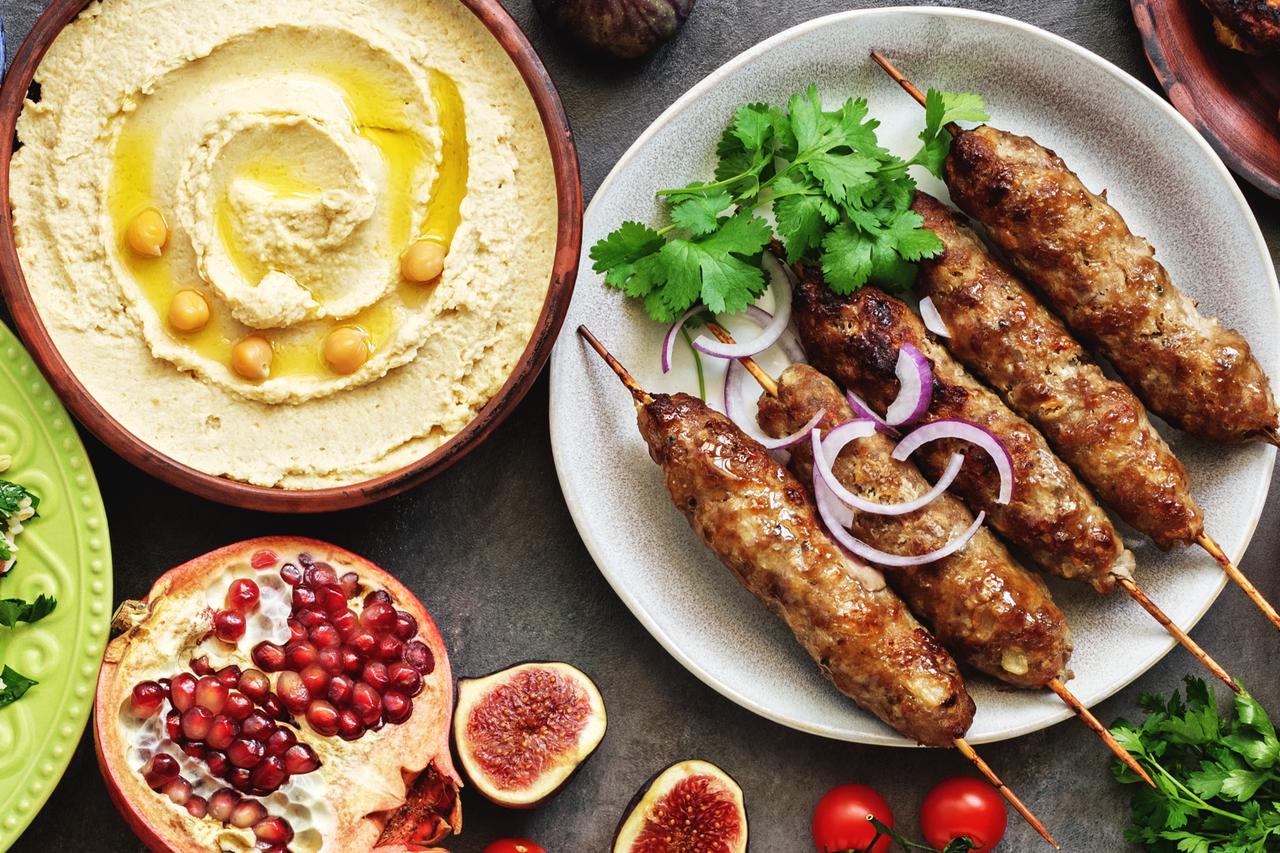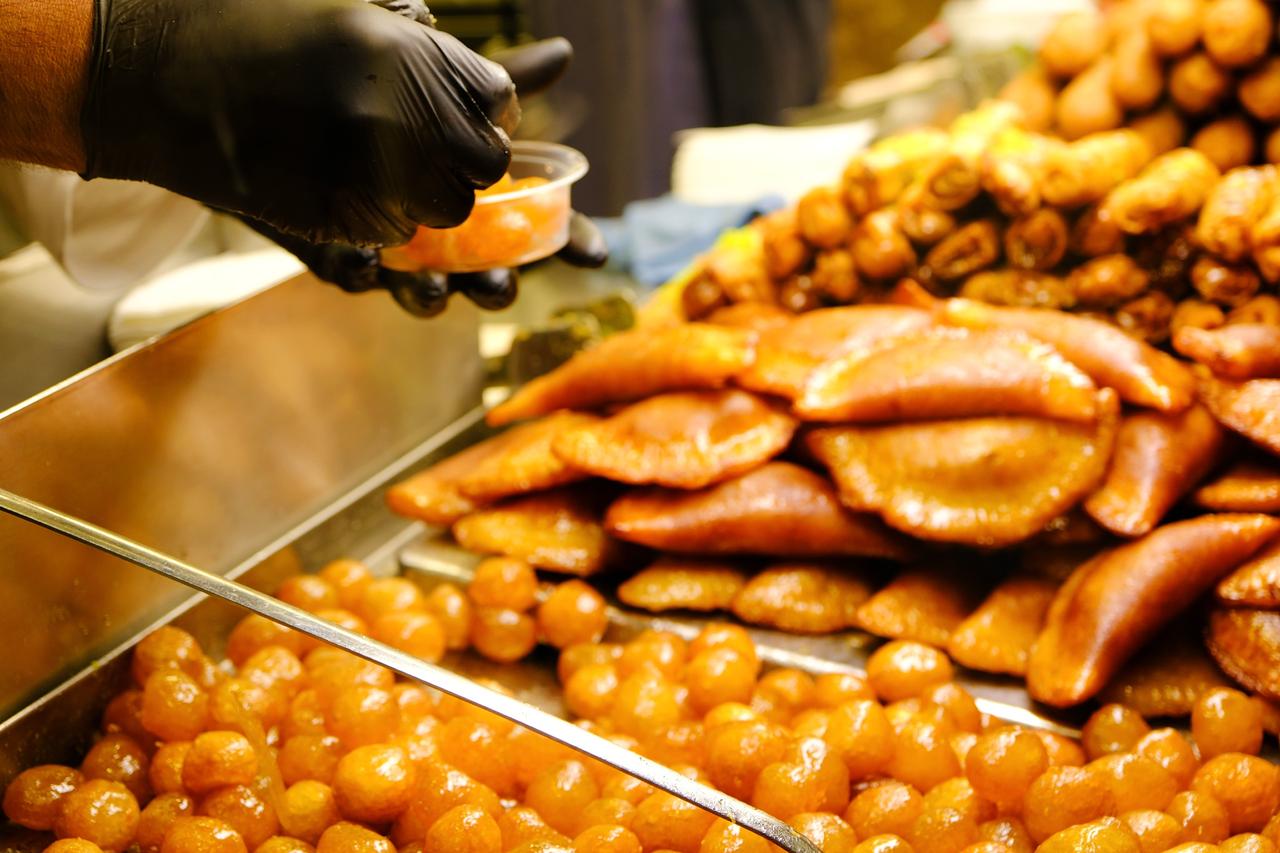
Traces of Turkish-Arab interaction, dating back long before the establishment of the Ottoman Empire, are evident in both science and the arts. Over time, these cultural exchanges also left a significant mark on culinary traditions, enriching both Turkish and Arab cultures.
The historical ties between Turks and Arabs have profoundly shaped their food cultures. Through migration, shared borders, and the spread of Islam, many elements of Arab cuisine were integrated into Turkish cooking.
The vast reach of the Ottoman Empire played a pivotal role in diversifying and shaping culinary practices across its territories. Notably, the presence of Arab female chefs in palace and household kitchens during the Ottoman era further reinforced this rich cultural exchange. With the adoption of Islam, numerous Arab dishes became a lasting part of Turkish cuisine.
A study conducted by researchers at Mersin University highlights that the influence of Arab culinary traditions is particularly pronounced in Southeastern Anatolia and the Eastern Mediterranean regions.
The study highlights that the prevalent use of sour flavorings—such as pomegranate molasses, bitter orange juice, and sumac—in salads and mezes, along with a preference for small livestock meat and animal fat in cooking, serves as a clear indicator of this deeply rooted influence.
The research further notes that classic mezes, such as hummus, tabbouleh, and baba ghanoush—originating from Lebanese and broader Arab culinary practices—have become integral components of Turkish cuisine. Falafel, a key Arab dish, is also prepared throughout Anatolia with distinct local variations. The study mentions that ma’moul, a date-filled cookie, was introduced into the cuisine of Mersin through Arab cultural transmission.
Additionally, the bitter coffee known as mirra, with origins in Arab and Assyrian traditions, maintains strong popularity in Mardin and has gradually spread among Kurdish communities. These examples collectively demonstrate the ongoing and dynamic culinary exchange between Turkish and Arab food cultures, as outlined by the Mersin University study.
The study also highlights the significant influence of Turkish cuisine on Arab culinary traditions, as evidenced in Arabic cookbooks dating from the 13th to 15th centuries. These texts feature numerous Turkish-origin terms such as gomec, karniyarik, tutmac, kavut, and salma, illustrating a deep culinary connection.
The introduction of the turkey—referred to as “hindi” and originally from Mexico—into Arab kitchens further exemplifies Ottoman influence. Additionally, well-known Arab dishes like Ruqaq and tel kadayif trace their origins back to Turkish cuisine, reinforcing the extent of this cultural exchange.
In the Arabian Peninsula, Turkish-style dishes such as kofte, sis kebap, and dolma are widely popular. The study notes that many Turkish dishes and their names—including imambayildi, puf boregi, sutlac, tavuk gogsu, and dolma—are commonly found in Arab cookbooks. This rich culinary overlap underscores the profound and lasting impact of Ottoman-Turkish cuisine on the Arab gastronomic heritage.

On the other side, one of the defining features of Arab cuisine is the use of spices in main dishes alongside fruits, lemon, and sour flavorings.
While these dishes are richly spiced, they are typically not hot or overwhelmingly spicy. Similarly, Ottoman cuisine includes numerous dishes that combine meat with dried fruits and sour ingredients. Dishes such as nirbac, hısrimiye, rummaniye, and narenciye asi clearly reflect the influence of Arab culinary traditions on Ottoman cooking.
The Ramadan staple sembusek, rooted in Arab culinary heritage, remains a popular dish in both historical Ottoman and modern Turkish kitchens, particularly across Southeastern Anatolia and the Eastern Mediterranean. Originating from Mardin, it stands as a symbol of enduring cultural ties between the regions.

Moreover, sweets such as flour halva, lokma, murabba, and yassi kataif (kadayıf) exemplify the ongoing culinary exchange between Arab and Turkish traditions.
The walnut-filled, syrup-soaked version of Yassi kadayif—a traditional dessert dating back to the 10th century—is still savored in Malatya and Hatay today. Collectively, these dishes underscore the enduring Arab influence that has shaped Turkish cuisine from the Ottoman period through to the present.
Researchers emphasize that culinary cultures are profoundly shaped by the blending of societies and intercultural interactions, influenced by factors such as economic ties, trade routes, migrations, geographic discoveries, wars, and the settlements of conquerors. These forces invariably leave lasting marks on food traditions, which play a fundamental role in daily life.
This influence is especially pronounced in regions with imperial histories, where diverse cultural exchanges have contributed to the development of rich and complex cuisines.
Rather than one culinary culture supplanting another, studies show that the outcome is often mutual enrichment. Regional cuisines where multiple cultures coexist gain greater depth and diversity, collectively adding valuable contributions to a shared and evolving gastronomic heritage.